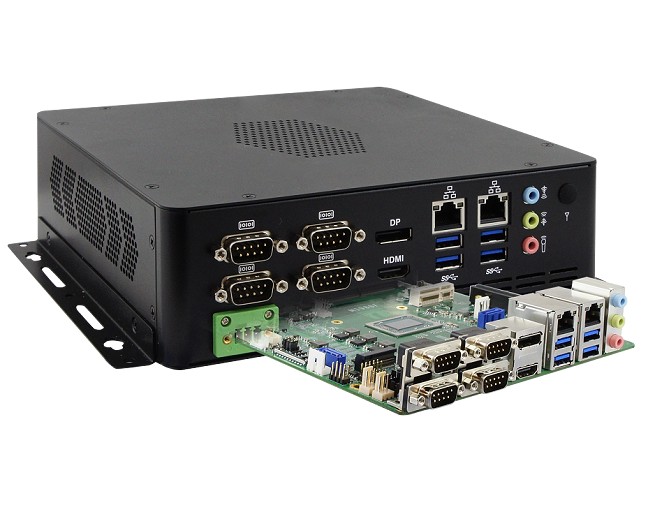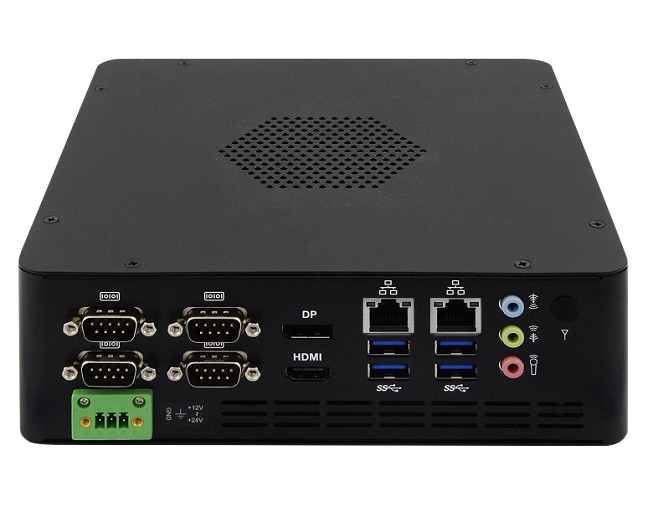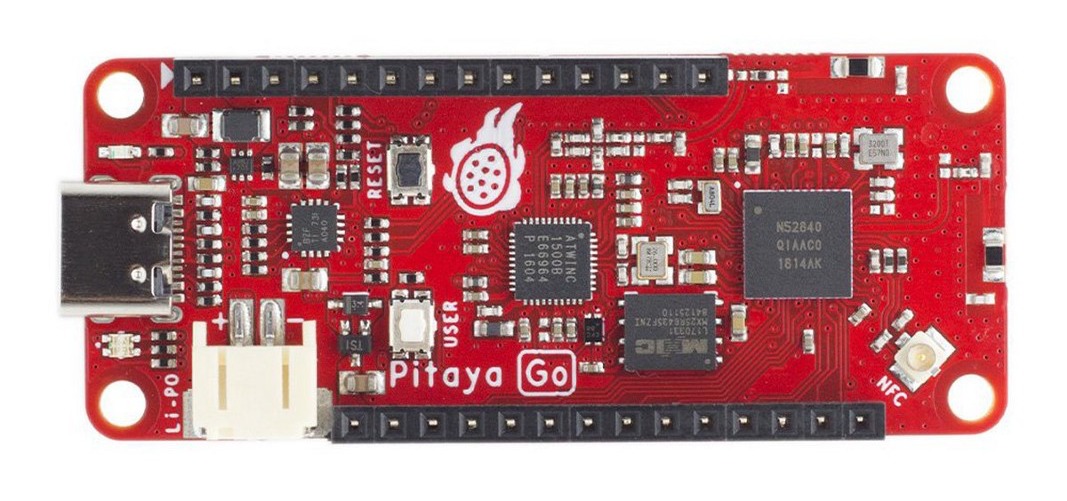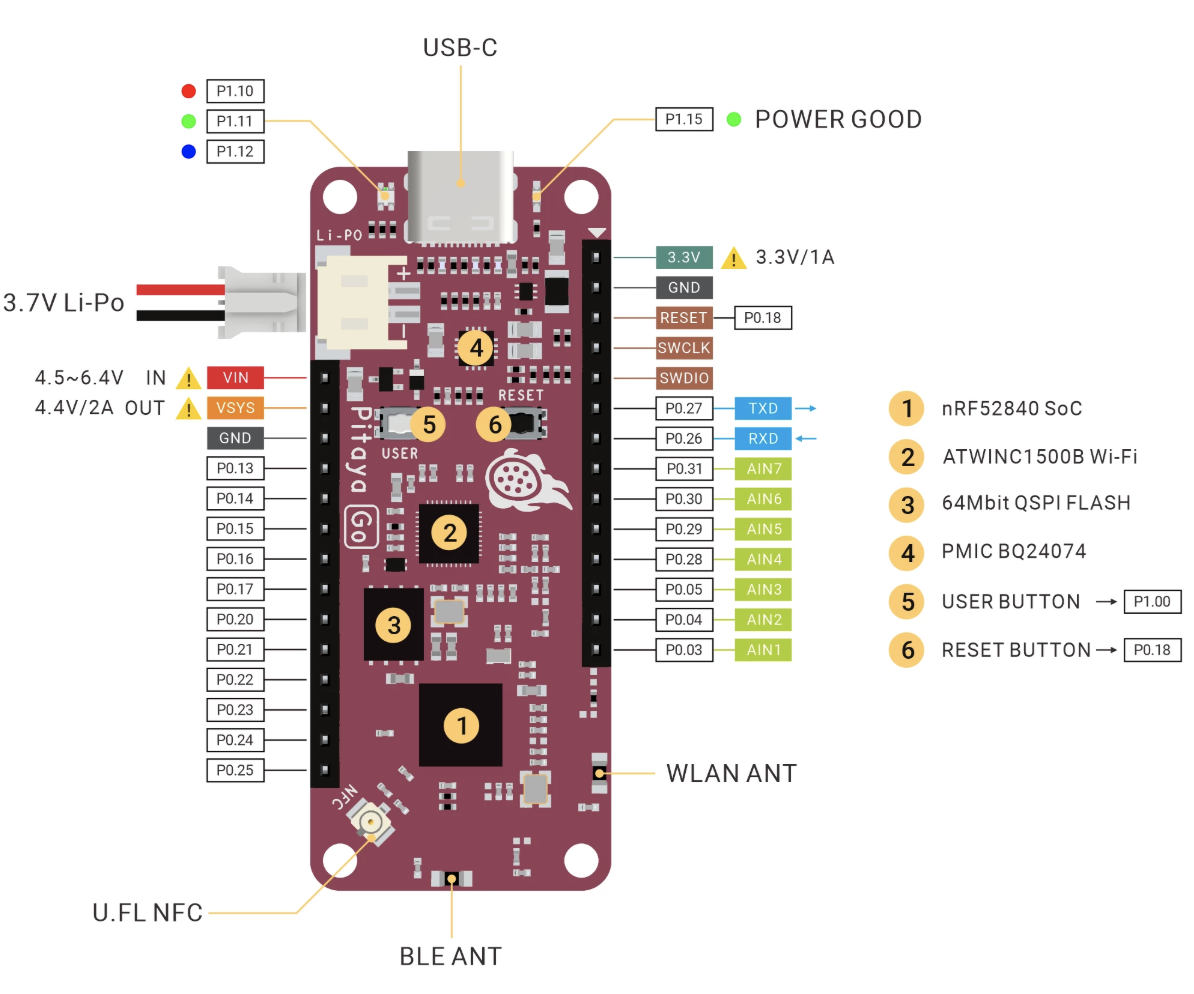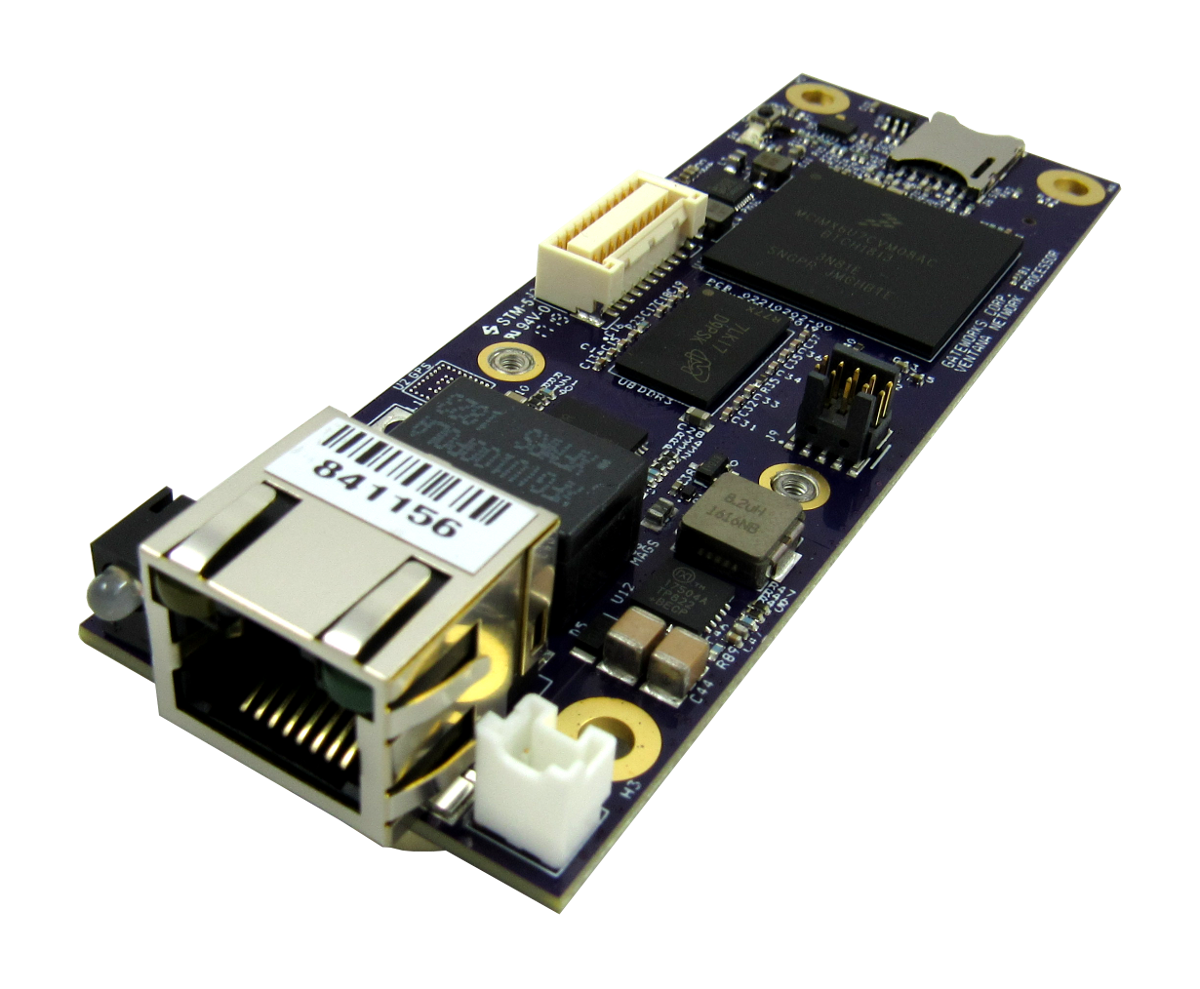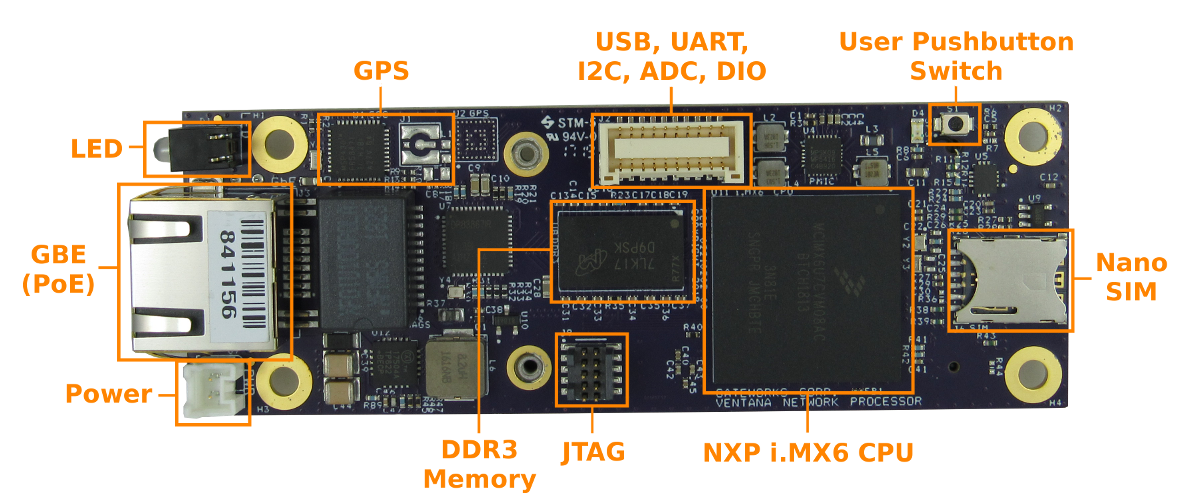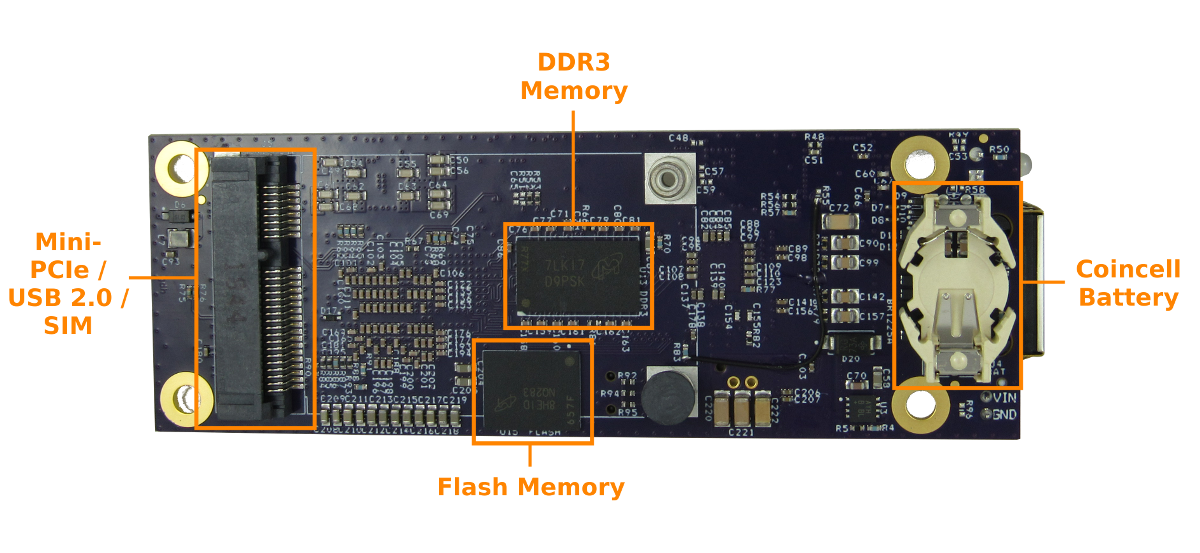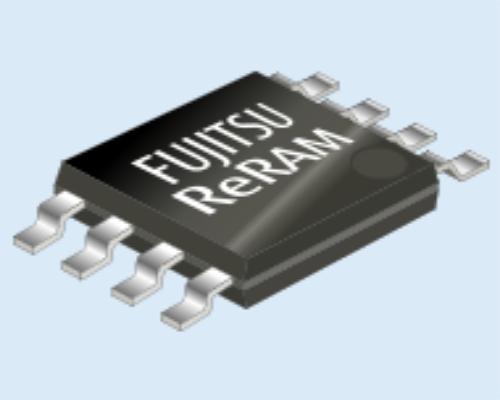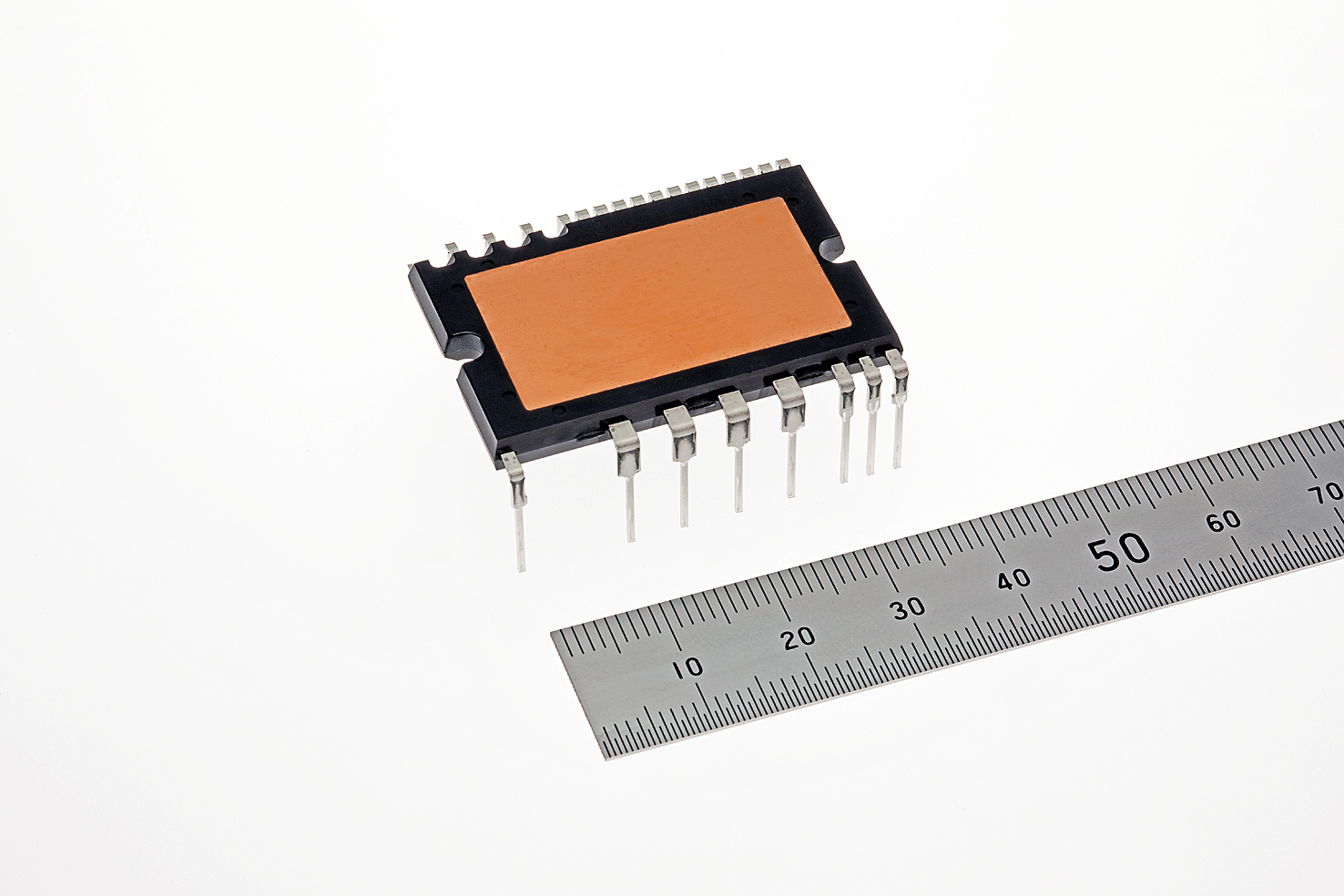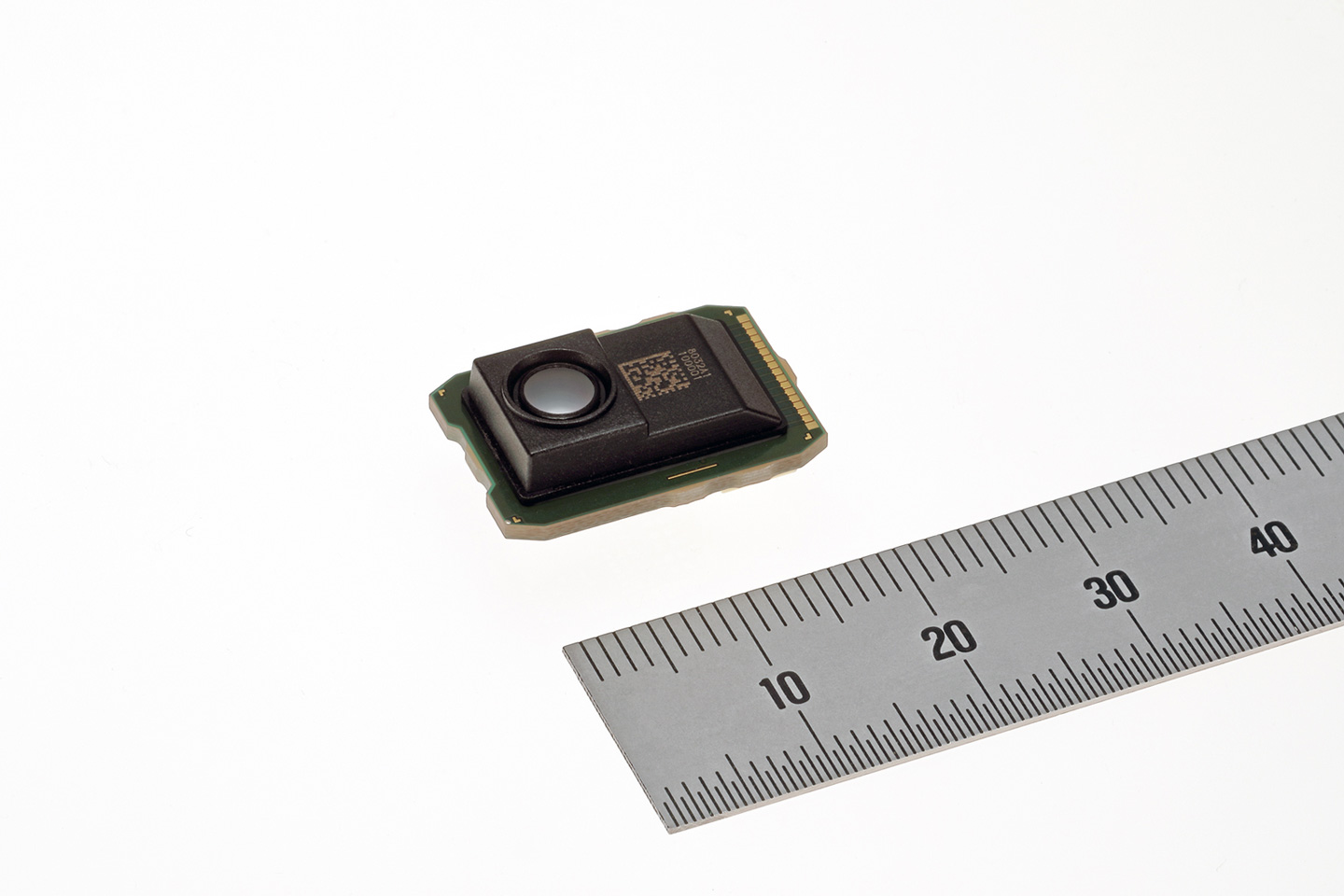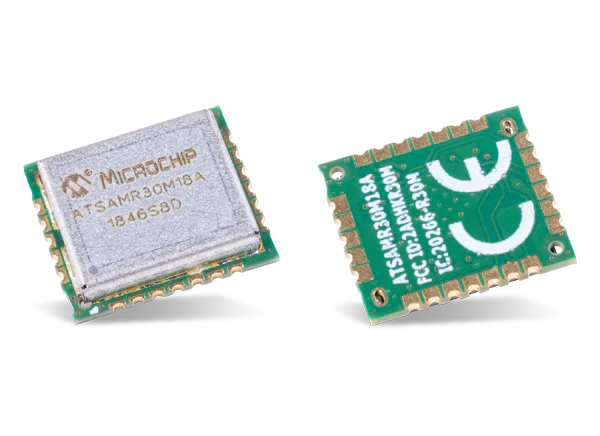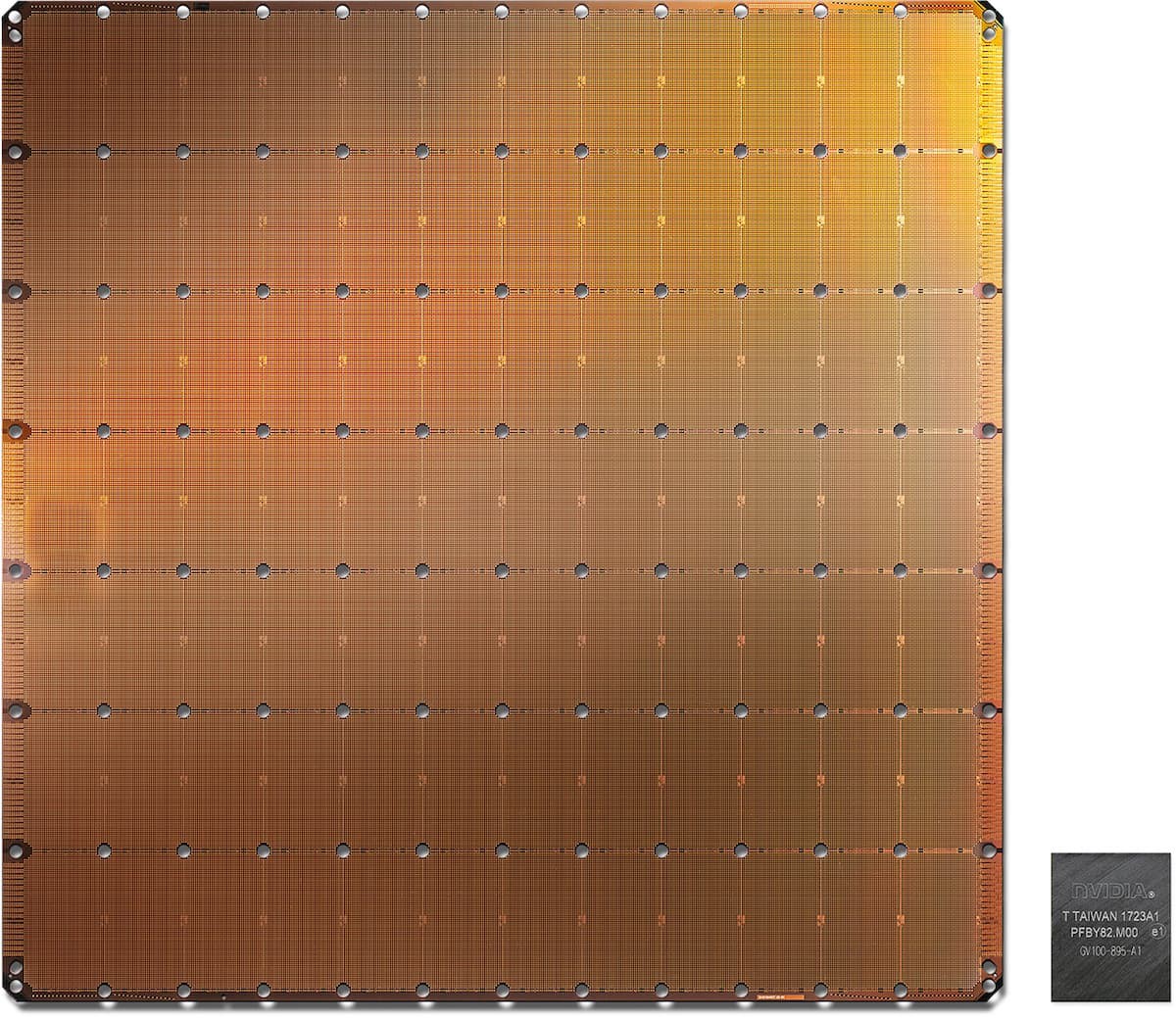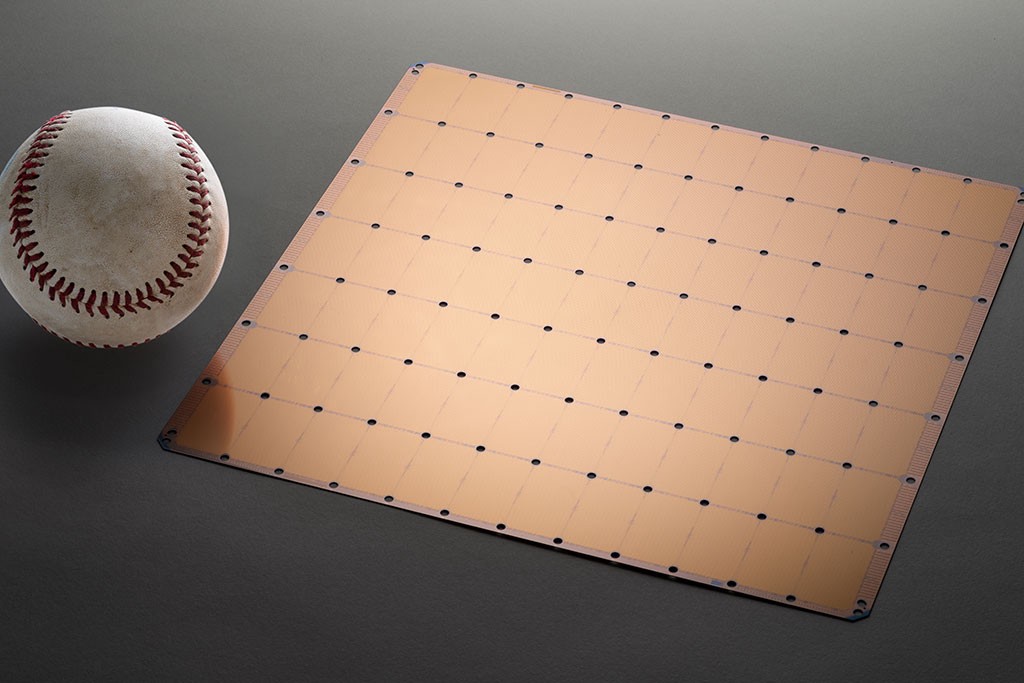IBASE Technology Inc. (TPEx: 8050), a world leader in the manufacture of industrial motherboard and embedded solutions, today announced the launch of the CMI300-988 slim Mini-ITX system with an onboard AMD RyzenTM Embedded V1807B processor that combines the processing power of the advanced AMD “Zen” CPU and “Vega” graphics architecture in a single chip. Measuring 200 x 200 x 62mm, the CMI300-988 is designed for retail, automation or smart office environments.
Aside from delivering new levels of graphics processing efficiency and superior compute performance, the CMI300-988 combines high-speed connectivity with flexible I/O and high reliability to perform a variety of tasks in 0°C to 45°C operating environments while ensuring silent operation. The embedded box pc adopts an IP30-rated aluminum and steel enclosure, and supports wall mounting as well VESA mounting for easy installation and maintenance. Rear I/O provides essential connections with an HDMI and DisplayPort, two Gigabit Ethernet, four USB 3.1, four serial ports, audio jacks and a 3-pin terminal block for 12V~24V DC input.
The standard system configuration contains 128GB of SSD storage, 4GB of DDR 4 memory, expandable to 32GB, and an 84W power adaptor. Expansion ports consist of a Mini PCI-E and an M.2 (M Key:2280) socket. Three reserved antenna holes are available for optional wireless connectivity.
CMI300-988 FEATURES:
- AMD Ryzen™ Embedded V1807B on board
- 2x DDR4 SO-DIMM, Max. 32GB
- Supports HDMI & DisplayPort
- 2x Gigabit Ethernet, 4x USB 3.1, 4x COM
- Wall mount kit included, optional VESA mount kit
- 1x Mini PCI-E socket, 1x M.2 (M-key)
- Dimensions: 200(W) x 200(D) x 62(H)mm
No pricing or availability information was provided for the CMI300-988. More information may be found in Ibase’s CMI300-988 announcement and product page.


